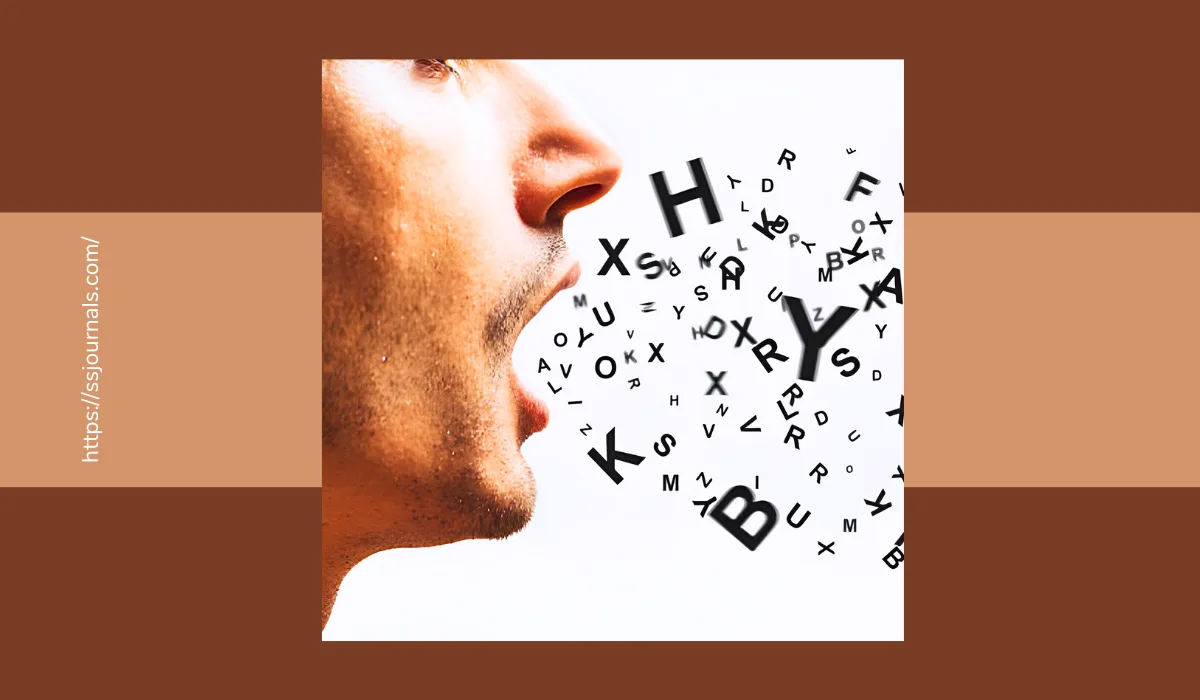Communication is a fundamental aspect of human life, allowing us to express our thoughts, feelings, and needs. However, various neurological conditions can affect our ability to communicate effectively. Two such conditions that often lead to confusion are aphasia and dysarthria.
While both aphasia and dysarthria can impact speech and language, they are distinct disorders with different causes and manifestations. In this article, we will explore the key differences between aphasia and dysarthria, their symptoms, causes, and available treatment options.
By understanding these conditions, we can better support those affected and help them maintain their quality of life. Before looking at aphasia vs dysarthria, let’s get to know what each of these conditions are in a bit more detail.
What is Aphasia?
Aphasia is a language disorder that results from damage to the brain’s language centers, typically caused by stroke, traumatic brain injury, or neurodegenerative diseases. It affects a person’s ability to comprehend or produce spoken or written language.

Aphasia can manifest as difficulty finding the right words, using incorrect words, or speaking in short, fragmented sentences. Depending on the extent and location of the brain damage, aphasia can be classified as fluent or non-fluent.
Fluent aphasia is characterized by speech that is fluent but often meaningless, while non-fluent aphasia involves slow, labored speech with limited vocabulary.
What is Dysarthria?
Dysarthria is a motor speech disorder that occurs due to weakness, paralysis, or incoordination of the muscles responsible for speech production. Unlike aphasia vs dysarthria, dysarthria does not affect language comprehension or formulation. Instead, it impacts the clarity and intelligibility of speech. People with dysarthria may experience slurred, soft, or slow speech, making it difficult for others to understand them.
Dysarthria can be caused by various conditions that affect the brain, nerves, or muscles, such as Parkinson’s disease, multiple sclerosis, or cerebral palsy.
Now, that we have learned the basics about aphasia and dysarthria, let’s go ahead and come back to the topic, aphasia vs dysarthria.
Aphasia vs Dysarthria
While both aphasia and dysarthria can lead to communication challenges, their underlying causes and symptoms differ. Aphasia primarily affects language processing, resulting in a partial loss of language abilities.
It can impact a person’s ability to understand spoken or written words, find the right words to express themselves, or construct grammatically correct sentences.
In contrast, dysarthria affects the motor aspects of speech production, leading to changes in the clarity, speed, and rhythm of speech.
How to diagnose Aphasia And Dysarthria?
The diagnosis of aphasia vs dysarthria requires a thorough assessment by a qualified speech-language pathologist. This evaluation involves a comprehensive examination of the individual’s language comprehension, expression, and speech production abilities.
The speech-language pathologist will employ various tests and observations to determine the specific nature and severity of the communication disorder.
When diagnosing aphasia, brain imaging techniques such as MRI (Magnetic Resonance Imaging) or CT (Computed Tomography) scans may be utilized to identify the location and extent of brain damage. These imaging tools can provide valuable insights into the underlying causes of aphasia and help guide treatment plans.
In contrast, the diagnosis of dysarthria may involve additional assessments to evaluate the strength and coordination of the muscles responsible for speech production. The speech-language pathologist will assess the individual’s ability to control their breath, produce clear sounds, and maintain appropriate vocal quality and pitch.
They may also examine the person’s facial muscles, tongue, and lips to determine any weakness or incoordination affecting speech clarity.
By conducting a comprehensive evaluation that includes both language and speech assessments, along with relevant brain imaging and muscle function tests, speech-language pathologists can accurately differentiate between aphasia and dysarthria. This precise diagnosis is crucial for developing targeted treatment plans that address the specific needs of each individual.
Aphasia vs Dysarthria: Treatments
Treatment for aphasia and dysarthria aims to improve communication abilities and quality of life. Speech-language therapy is the primary treatment approach for both conditions. In aphasia therapy, the focus is on restoring language abilities through exercises that target comprehension, word retrieval, and sentence formation.
Strategies such as using gestures, writing, or alternative communication devices may also be employed to support communication. Dysarthria treatment, on the other hand, focuses on improving speech clarity and intelligibility through exercises that target breath support, vocal quality, and articulation.
In addition to speech-language therapy, individuals with aphasia or dysarthria may benefit from supportive interventions. These may include counseling to address the emotional impact of the communication disorder, support groups to connect with others facing similar challenges, and education for family members and caregivers on effective communication strategies. Assistive technologies, such as speech-generating devices or communication apps, can also enhance communication abilities and promote independence.
It is important to note that recovery from aphasia and dysarthria varies from person to person. Factors such as the severity of the brain damage, the specific areas affected, and the individual’s overall health and motivation can influence the extent and pace of recovery. Early intervention and consistent therapy are crucial for maximizing communication outcomes and preventing further decline.
Also Read: Neurodegenerative Disorder – How To Overcome This Disease?
Conclusion
Aphasia and dysarthria are two distinct communication disorders that can have a significant impact on a person’s ability to express themselves and engage with others. While aphasia vs dysarthria may share some similarities in terms of communication challenges, they differ in their underlying causes, symptoms, and treatment approaches.
Aphasia is a language disorder resulting from brain damage that affects comprehension and expression, while dysarthria is a motor speech disorder that impacts the clarity and intelligibility of speech. By understanding these differences, we can provide targeted interventions and support to individuals affected by either condition.
Speech-language therapy, alongside supportive interventions and assistive technologies, can help improve communication abilities and enhance quality of life. As we continue to advance our knowledge of aphasia and dysarthria, we can work towards creating a more inclusive and accessible world for those living with communication disorders. How can we, as a society, better support individuals with aphasia or dysarthria in their daily lives and ensure they have the resources and opportunities to thrive?

